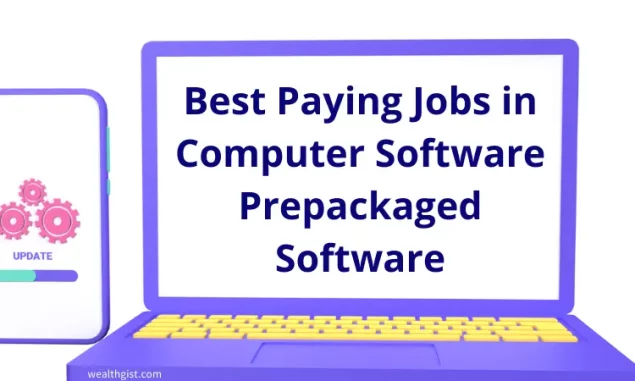Imagine you’re a college graduate who decides to pursue a career in engineering. You get an entry-level job offer from a company and begin working there, but after two months of work, you decide that the job is not for you due to some best reasons known to you. Such a situation can lead to a case of frictional unemployment.
Many people hear the terms “structural unemployment” or “frictional unemployment,” but don’t know what they are. We shall discuss the terms, causes, and possible solutions in this post. Let dive in there straight away.
What is frictional unemployment?
Frictional unemployment refers to when an individual is out of work due to the time it takes for him to find a new job. This could be because they are in between jobs, or changing careers entirely. Frictional unemployment can happen at any point during one’s career if one is looking for another opportunity that better suits their needs and skillsets.
Most employee leaves their jobs due to factors like pressure from the line manager, low salary scale, inadequate bonuses and allowances, and lack of motivation among other similar factors.
What is structural unemployment?
Structural unemployment is when someone is out of work because their skills do not match what employers need. For example, if a company shuts down and the workers don’t have the necessary skills to do another job in that industry, they are considered structurally unemployed.
Structural unemployment can also refer to long-term unemployment caused by shifts in economic demand, such as during recessions or plague breakouts like COVID-19, when people lose their jobs and it is very difficult to find new ones. It’s also possible for people to be structurally unemployed if the skills they possess are not in demand anymore.
What is the difference between frictional unemployment and structural unemployment?
These two types of unemployment are important to differentiate because each one responds differently to different solutions. Frictional and structural unemployment have different causes, so it’s important to be able to differentiate between them if you want to find ways to fix your workforce issues!
Frictional unemployment is when someone is out of work because they are looking for a new job, while structural unemployment refers to how an individual’s skills do not match up with the needs in their current job market. Frictional Unemployment can be fixed within a short period which does apply to structural unemployment as it takes time to fix.
Why are these two types of unemployment important to know about?
It calls for massive awareness in order to mitigate both long-term and short-term effects. Unemployment is a problem facing the whole world at large.
This information is helpful because it allows us to understand the root cause of unemployment and how best to tackle it.
How can we reduce the number of people who are unemployed due to structural reasons?
Since frictional unemployment is caused by employed people looking for new jobs, it can be fixed by giving them on-the-job training and scholarships in their desired field, making the work atmosphere comfortable, or even paying them more to make them stay at their job longer. This type of unemployment is more difficult to fix, but it’s important to remember that it is still a form of unemployment!
Also, structural unemployment occurs when there isn’t enough demand for certain skills. It can be fixed through training programs that teach people new skills. We can reduce their number by teaching them new skills that match what is needed in today’s job market.
There are programs available for this, and oftentimes they even have funding to help improve one’s employability!
Examples of policies that could help Reduce Unemployment:
These policies could help reduce the number of people struggling with both frictional and structural unemployment.
- Increased availability of training programs, both government-funded and privately run
- An improved economy so that employers are more likely to invest in new hires
- Tax breaks for businesses that hire workers who have been unemployed for a long period of time or who are changing careers
Conclusion
The number of structurally unemployed people in society is a real problem, and we need to do something about it. There are programs that can help with this, and sometimes they even have money to help people get better jobs.
If you’re looking for some helpful advice on how to solve the issue of unemployment in your society, try these articles out: “; “The Future Of Work And How It Impacts You” from Forbes; or “What Are Some Reasons People Become Unemployed?” from Investopedia–each article will provide excellent insight into what could be done to reduce the global rate of unemployment.








